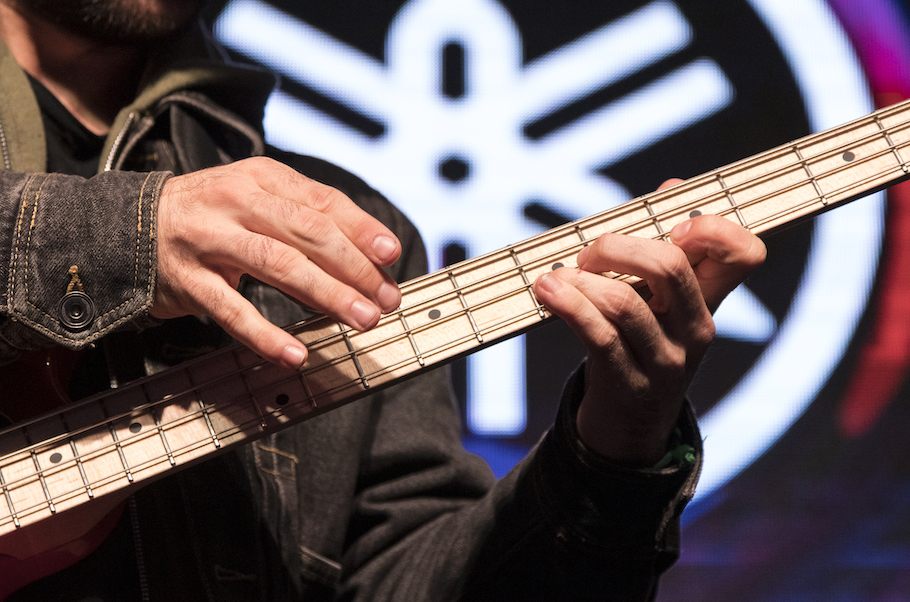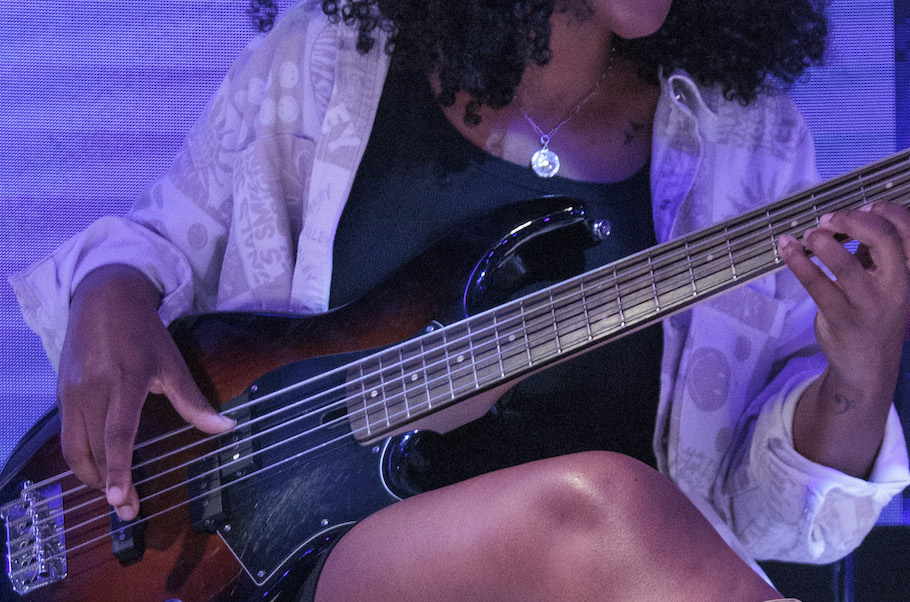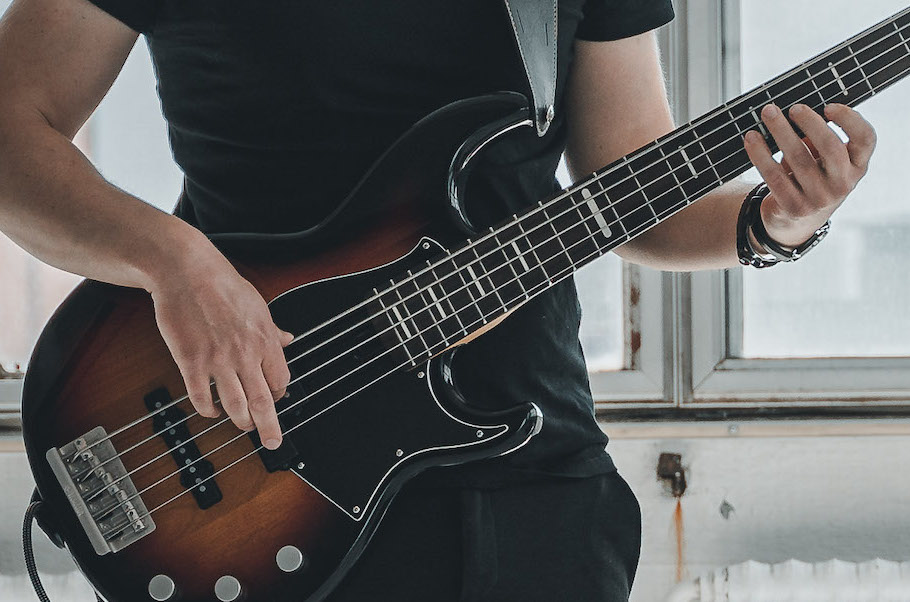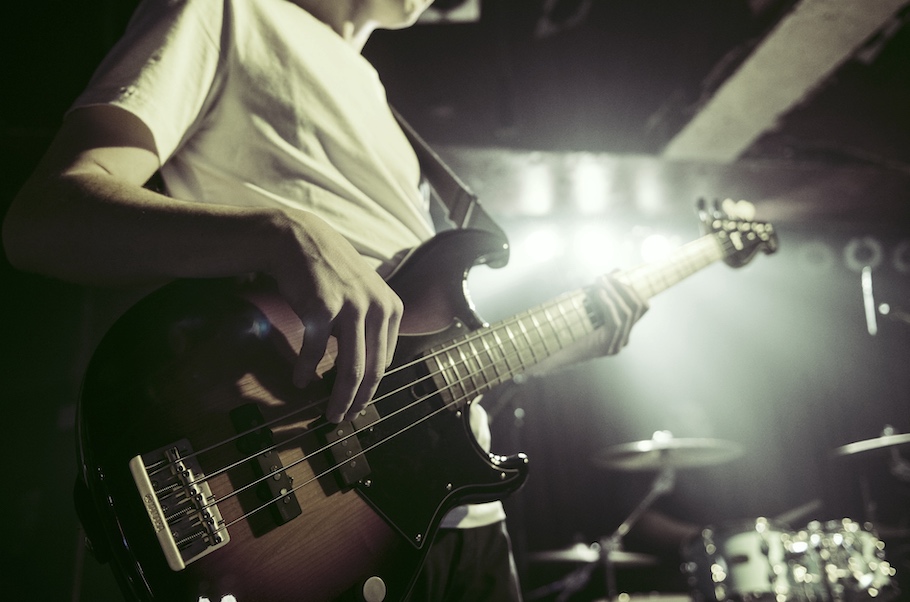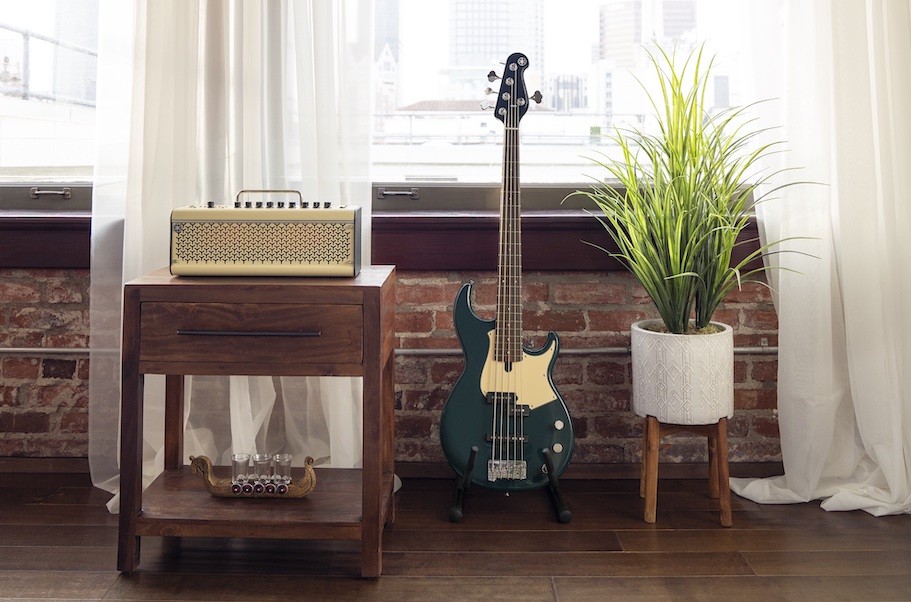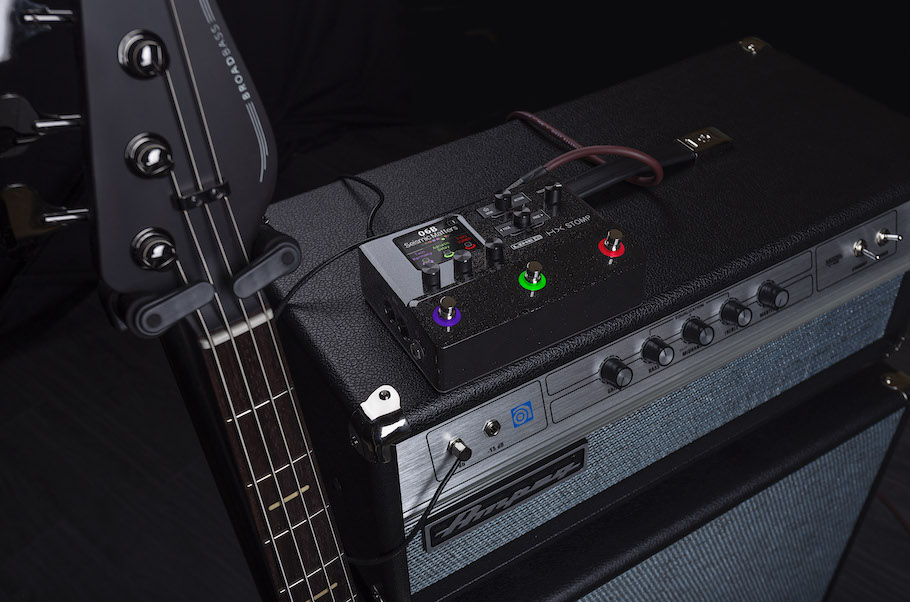Six Essential Bass-Playing Techniques
These tricks of the trade will help you grow as a player.
Do anything long enough and you’ll eventually figure out ways to become better at it. As a bassist, this occurred for me over the course of many years. It started when I was a teenager, as I played along with my favorite bassists’ records. Even if you don’t know why someone does something, if you can figure out how to do it (or at least approximate how it’s being done), you can’t help but to develop some chops.
When you jam with others, join bands, rehearse, play gigs and go to recording sessions, you’ll undoubtedly meet exciting players who do things you may not have known were even possible. Fortunately, most musicians are happy to share their knowledge and experience … which is a very good thing, since incorporating new techniques into your repertoire is a great way to become a better player.
Here are six intermediate bass-playing techniques I’ve picked up throughout the years. Each enabled me to push my creative boundaries outward and expanded how I write songs, craft basslines and determine what to play in any given situation.
Hammer-Ons and Pull-Offs
A hammer-on is a technique where you bring a finger down onto the fretboard so as to make a note sound without playing that string with your picking hand:
The inverse of this, which you can use in partnership with hammer-ons or on its own, is a pull-off, where you lift a fretting finger up in a way that causes a note to sound:
These techniques fall under a legato style that allows you to play notes in a fluid run rather than specific staccato notes. Hammer-ons and pull-offs can be applied subtly or aggressively in lots of different situations. Yamaha Artist Billy Sheehan is renowned for the creative ways he combines hammer-ons and pull-offs. These serve as the left-hand foundation upon which he unleashes blistering right-hand fingertapping. Check out this video interview where Billy demonstrates how he brings it all together.
Glissando
You may not know it by its Italian name, but you probably already use it, and you’ve definitely heard it used by other players. Glissando (sometimes called portamento) is what happens when you slide from one note continuously to a second note. Unless you’re going for a special effect, it’s something you typically don’t want to execute slowly — at least not slowly enough to hear the in-between notes clearly — or it can sound a bit ragged.
Glissando is a great go-to move that anticipates and signals upcoming excitement in a song, but you need to nail the timing and the beginning and end notes, or it sounds like you played a clam. The idea is to play the initial note and immediately follow it with a slide (up or down) until you hit the end note. If you’re feeling slick you might bend the final note, or even end with a double-stop (see below for a definition). Here’s a video that shows how glissando works:
This technique can be used to dramatic effect, such as when you use it to lead into the first beat of a song or measure, or it can even become part of a repetitive pattern. But like anything, glissando needs to be done sparingly and tastefully.
Chords
In my high school days, any time I played a bass chord, my bandmates frowned. As strict traditionalists, they thought chords were the sole domain of guitarists and keyboardists, and that I, as the bassist, was supposed to be holding things down with whole notes or zombie-like 1 -4-5 progressions for them to play soulless leads over. Uh … no thanks. Instead of living on that boring musical cul-de-sac, I bailed on those bands and started practicing on my own, which led me to experiment with complex chords.
Conventional chords are created by at least three notes being played simultaneously, but a chord can be as simple as a two-note dyad (better known as a double-stop), which implies a chord without the influence of a third note. Double-stops can help create emphasis or heighten an emotion in a song by serving as a thickening agent that adds powerful harmonic content in the right spot. Check out this video for some examples:
Other techniques based on chords include arpeggios, which are the individual notes of a chord played in a pattern. I’m a big fan of bass chords overall, and have found them to be particularly effective tactics when I’ve played in power trios — the right chord choices help make the band sound much bigger and more energetic. Certain chords, especially darker voicings/shapes like an F-minor (F-A♭-C), are easier to hear (and finger) in the upper registers; when played down toward the nut, they tend to get lost.
Right Hand Positioning
You’ve surely noticed the difference in your tone when you play just in front of the bridge versus near the fretboard. As you can see in this next video, when playing over the bridge, notes are punchy and tight, and can be bright and percussive without too much harmonic content. Playing near the fretboard yields the opposite effect: the notes have rich harmonic content and are warm, sloppy and juicy-sounding.
If you play a bass equipped with pickups in or around those traditional locations, you’re probably already familiar with how differently things sound when you isolate one pickup or the other. But when the two pickups are blended together, you can create subtle but important tonal differences by moving your picking-hand position up and down the strings.
Pedaling
This refers to when you use one note — often the root, and often an open string, but it’s up to you — to hold down a groove, and you go back and forth between it and other notes to create a wash of melody in a percussive pattern, like this:
To me, the bassist whose signature style is most synonymous with pedaling is the great Peter Hook — he’s a master of creating melody and groove at the same time, such as on Joy Division’s “Love Will Tear Us Apart.” (Be sure to check out the Yamaha BBPH Peter Hook Signature BB Bass.)
Pedaling can be an intoxicating technique — so much so that you may need discipline to restrain yourself from overdoing it. I’ve found it best suited for songs where there’s lots of space for the bass to slot in, but regardless, you need to be careful about your attack, or the notes can sound uneven; they may even end up fighting with the string noise generated by your hand sliding all over the place.
Harmonics
On a stringed instrument, harmonics are created when you intentionally avoid playing the fundamental note (which, on a fretted bass, is created when you press down behind a fret on the fingerboard and pluck the string) and instead lightly touch your finger over that fret (or its position on a fretless bass) while plucking. The easiest harmonics to play on the bass are located at the twelfth fret, followed by the fifth, seventh and ninth frets. (There are others, but these are the most prominent ones, which is why they’re the easiest to play.)
As demonstrated in this video, to play a harmonic, simply hold your finger over a fret as you pluck the string. As you move your hand up and down, you’ll intermittently hear these harmonics ring out.
As you get better at this technique, you’ll find that there are other locations along the fretboard that generate stranger-sounding harmonics, but it gets more and more difficult to coax these sounds out of the bass unless you put in a lot of practice.
You can enhance this technique by letting the harmonic ring out and then quickly pushing down and sliding your fretting hand to a new fret position. When done correctly, this has the effect of continuing the sound rather than playing the fundamental note. You can also create “fake” harmonics (essentially an octave up) on any note by lightly touching your finger on a string 12 frets away from the note you’re playing while simultaneously plucking that string with your thumb.
Keep in mind that harmonics are high-pitched and delicate, so if you’re going to use them, choose your spots carefully or no one will hear them. If harmonics are a major component of your bassline in a song, a little compression on your signal will go a long way to bring them out in the mix so they don’t get lost.
Click here for more information about Yamaha basses.











